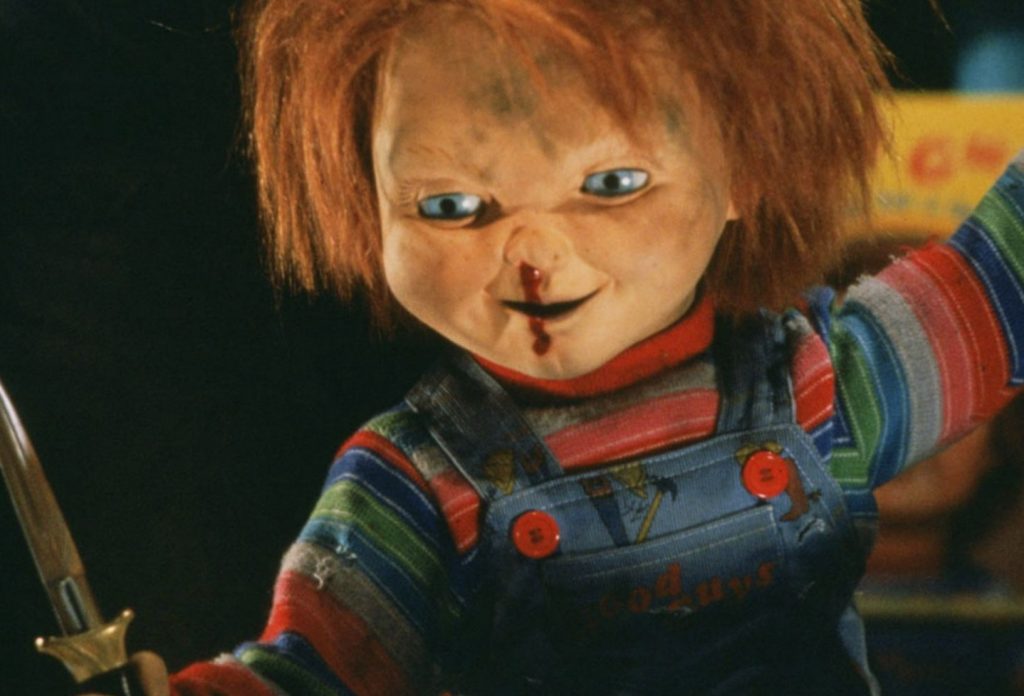From the unsettling glint in his button eyes to his ear-splitting cackle, Chucky, the pint-sized possessed doll, has haunted audiences for over three decades. This exploration delves into the origins of this iconic horror villain, analyzes the psychological impact of the character, and examines his enduring legacy in the horror genre.
Part 1: From Screenplay to Screams: The Birth of Chucky
A Killer Soul in a Child’s Plaything:
Chucky’s horrifying origin story unfolds in the 1988 film “Child’s Play.” The tale follows the notorious serial killer Charles Lee Ray, who, on the verge of capture during a police shootout, resort to a powerful voodoo ritual to escape. This ritual results in the transfer of his soul into a seemingly harmless “Good Guy” doll. Trapped in the doll’s body, Chucky retains his malevolent and murderous intent, embarking on a ghastly mission to regain a human form by any means necessary. As Chucky’s reign of terror unfolds, the film becomes a chilling exploration of evil lurking within the innocuous, as the doll becomes a vessel for unbridled malevolence. With its compelling and terrifying narrative, “Child’s Play” introduced audiences to the enduring character of Chucky, whose presence continues to captivate and terrify fans through numerous films and media adaptations.
A Blend of Influences: Dark Humor and Social Commentary
Chucky’s character draws inspiration from various sources, and his creation is linked to public anxieties surrounding the popularity of lifelike dolls in the late 1980s. This context adds an intriguing layer to his character. His diminutive stature and childlike appearance create a disturbing juxtaposition with his murderous actions. This adds a unique blend of horror and dark humor to the franchise. Additionally, the “Child’s Play” films can be interpreted as social commentary on themes of consumerism and the corrupting influence of television. Through Chucky’s portrayal as a seemingly innocuous toy turned malevolent, the films explore the darker side of consumer culture and the impact of media on society. This multi-faceted approach to Chucky’s character and the thematic layers within the films have contributed to the enduring fascination and enduring popularity of the franchise.
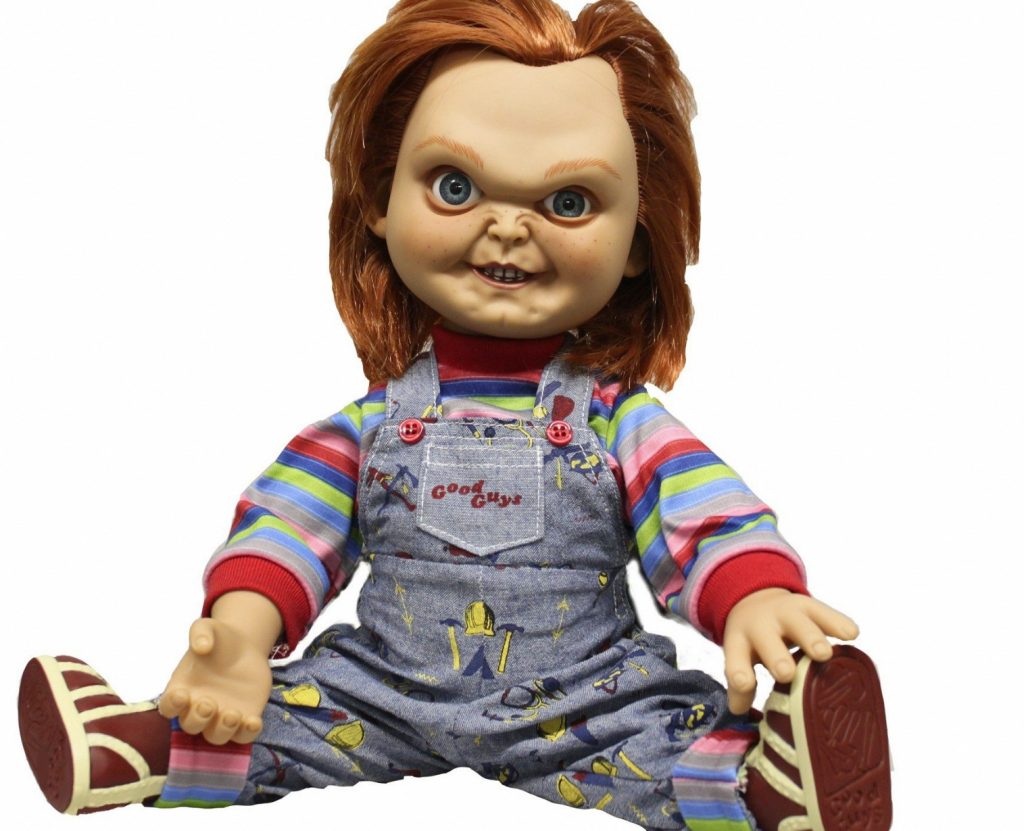
Part 2: A Character Study in Terror: The Psychology of Chucky
The Allure and Horror of Childhood:
Chucky’s horrifying nature stems partly from the violation of a fundamental childhood comfort object – the doll. Dolls are traditionally seen as companions and sources of comfort for children, representing innocence and protection. Chucky subverts this expectation and turns it on its head. His seemingly benign appearance and association with childhood innocence are twisted into symbols of malevolence and fear. This subversion creates a sense of unease and insecurity for the audience. The character disrupts the traditional associations of safety and comfort with dolls, instilling a deep sense of dread. Chucky’s ability to manipulate his seemingly harmless nature and transform it into a source of terror contributes to his lasting impact. The chilling effect he has on audiences is significant. This perversion of a childhood symbol adds a layer of psychological horror. It resonates deeply with viewers, amplifying the character’s horrifying nature.
The Power of Voice and Personality:
Despite his small stature, Chucky’s menacing personality is amplified by the iconic voice acting of Brad Dourif. Dourif’s portrayal imbues Chucky with a chilling blend of childish glee and unhinged rage, making him a truly terrifying villain. Chucky’s frequent use of profanity and pop culture references further adds to his unsettling nature.
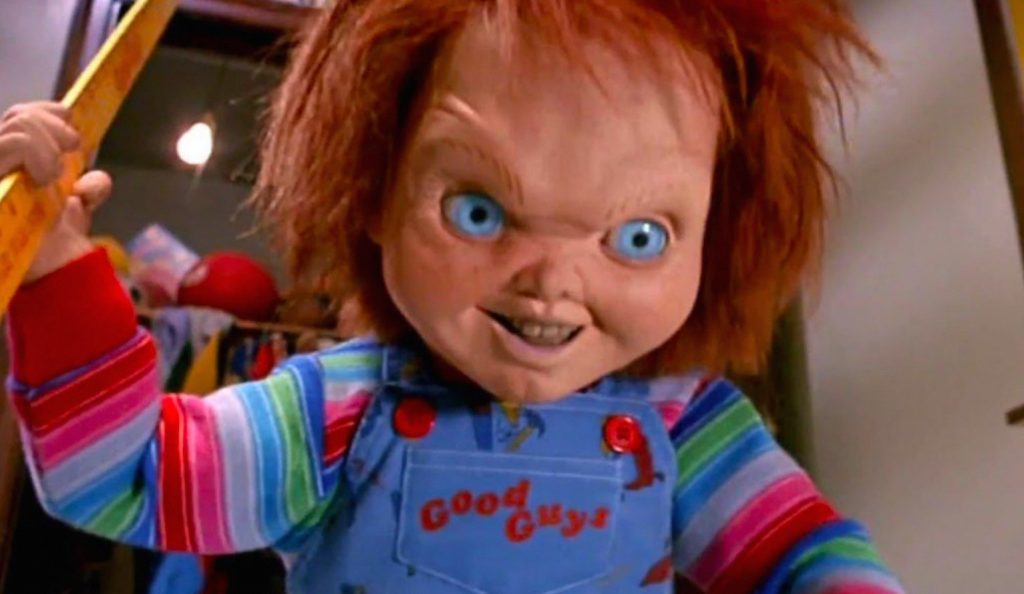
Part 3: A Legacy of Sequels and Subversions: Chucky’s Evolution Through Film
Beyond the Original: A Franchise Built on Camp and Horror
The success of “Child’s Play” led to a series of sequels that delved into various aspects of Chucky’s character and the franchise’s mythology. Each installment took a unique approach to the material, offering different perspectives and nuances to the narrative. “Child’s Play 2” continued the horror-driven storyline, focusing on Chucky’s relentless pursuit of his target with intensified suspense and terror. In contrast, “Bride of Chucky” and “Seed of Chucky” introduced a more self-aware and darkly humorous tone. They explored themes of family, gender, and the nature of good versus evil in a satirical manner. These films delved into Chucky’s personal relationships. This added complexity to his character while infusing the franchise with a fresh and distinct approach. This evolution not only expanded the mythology of the series but also allowed for a deeper exploration of Chucky’s character. It contributed to the enduring creative legacy of the franchise.
From Big Screen to Small Screen: The Modern Relevance of Chucky
In 2021, the “Child’s Play” franchise received a television reboot titled “Chucky.” This series delves deeper into the lore of the character and the voodoo that allows him to transfer his soul. It also explores the impact of Chucky’s actions on the lives of those who encounter him, adding a layer of psychological horror to the narrative.
Part 4: A Guaranteed Scream: Why Chucky Remains a Horror Icon
A Villain You Can’t Forget:
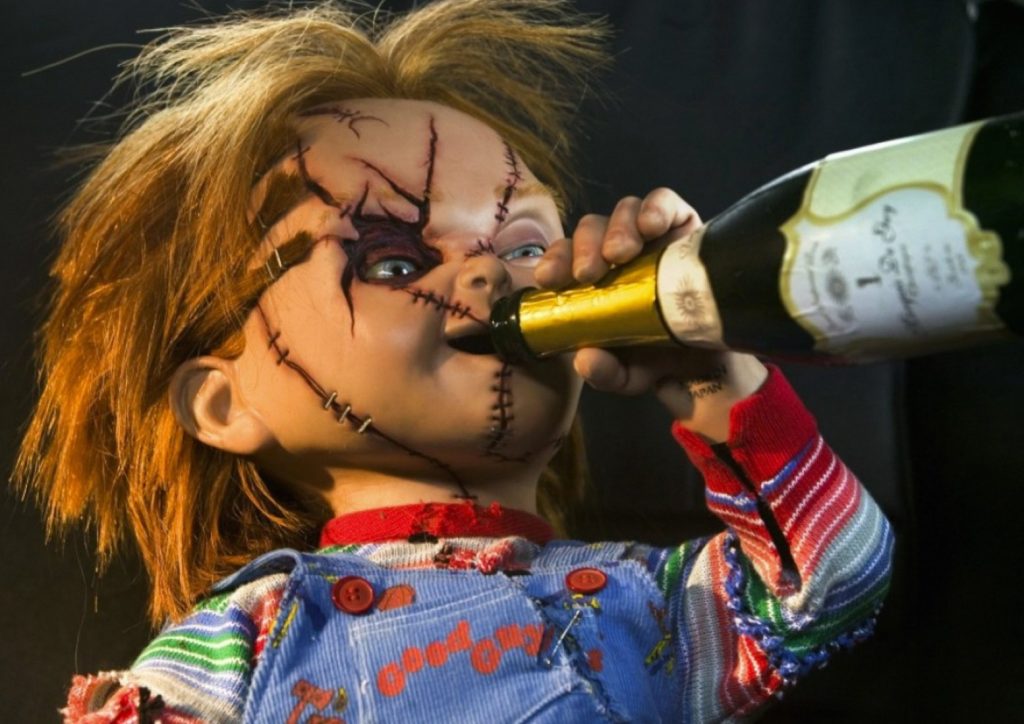
The success of “Child’s Play” led to a series of sequels that delved into various aspects of Chucky’s character and the franchise’s mythology. Each installment took a unique approach to the material, offering different perspectives and nuances to the narrative. “Child’s Play 2” continued the horror-driven storyline, focusing on Chucky’s relentless pursuit of his target with intensified suspense and terror. In contrast, “Bride of Chucky” and “Seed of Chucky” introduced a more self-aware and darkly humorous tone. They explored themes of family, gender, and the nature of good versus evil in a satirical manner. These films delved into Chucky’s personal relationships. This addition added complexity to his character, infusing the franchise with a fresh and distinct approach. This evolution not only expanded the mythology of the series but also allowed for a deeper exploration of Chucky’s character. It contributed to the enduring creative legacy of the franchise.
A Character That Evolves with the Times:
The “Child’s Play” franchise has successfully reinvented itself over the years, adapting to changing societal anxieties and horror trends. Chucky’s ability to tap into these anxieties, coupled with his dark humor and iconic personality, ensures his continued relevance in the horror genre.
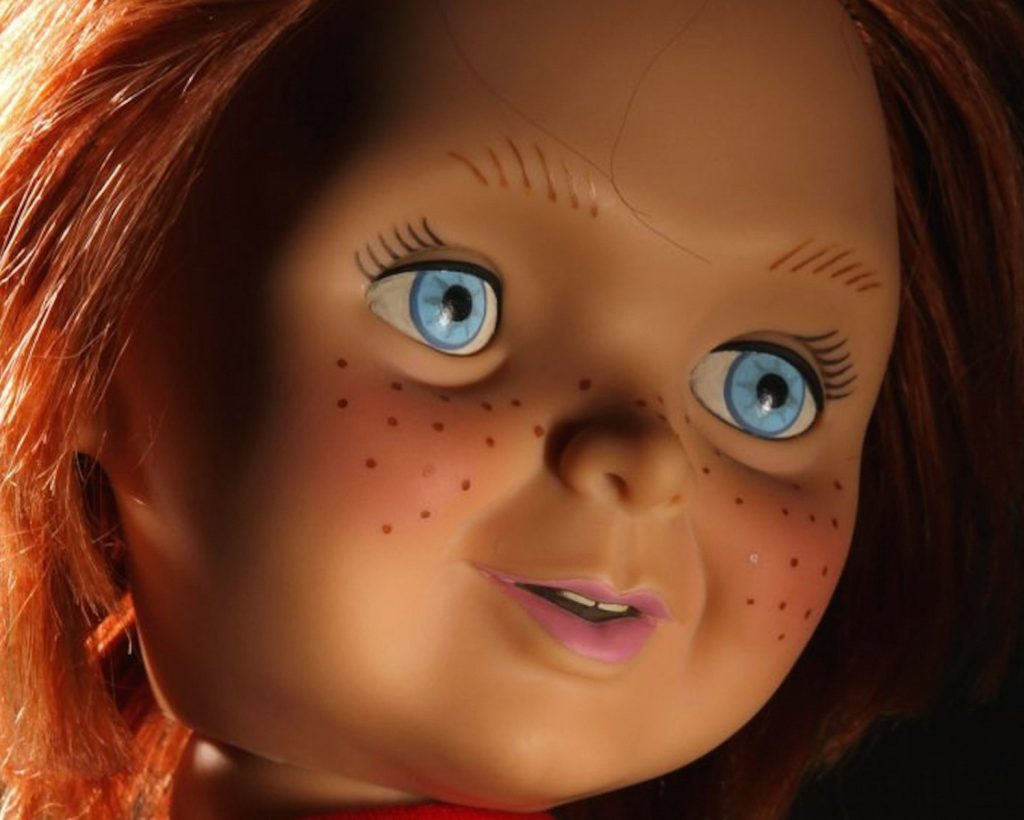
From his disturbing origins to his chilling personality and ever-evolving presence in film and television, Chucky, the infamous possessed doll, has cemented his place as a true horror icon. His ability to subvert childhood innocence and deliver genuine scares continues to terrify and entertain audiences. This solidifies his legacy as a character that will continue to haunt viewers for years to come.
